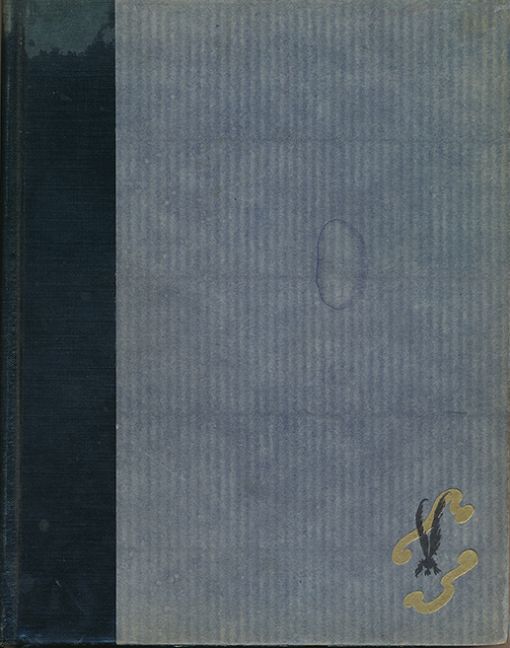

The Ballad followed the advice of De Profundis to Douglas, and sustained itself by love, ultimately the redeeming love of Christ, rather than hatred of custodians… Hatred of the prison system and of the human oppression that created it animated the Ballad: but the poem confronted that cruelty with the love of Christ against which it offended. The poem made no denial of guilt, although its hanged prisoner ultimately suffered more than the rest, and embodied their agonies more intensely. Its theme was the man hanged in Reading while Wilde was there… With high dramatic sense Wilde turned the sufferings of all the other convicts into a subordinate but supportive chorus. “Wilde began to write at the end of May, the month in which he was released, completing it in October, and seeing it published by Smithers in February 1898, initially signed C.

A literary result of this imprisonment was the most powerful of his poems, The Ballad of Reading Gaol (1898).” ( New International Encyclopedia). “Convicted in 1895 of a grave offense against morality, Wilde was imprisoned for two years. "Yet each man kills the thing he loves."įIRST EDITION, one of only 800 copies (out of a total edition of 830) printed on handmade paper.


 0 kommentar(er)
0 kommentar(er)
